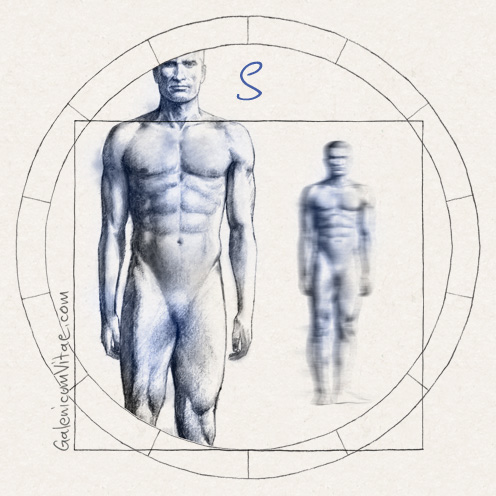Myopia occurs when you have one eye that is larger than normal which causes light rays to converge in front of the retina, allowing you to see close objects well but not distant objects.
Symptoms. The more near-sighted you are, the blurrier your distant vision will be and objects must be closer so you can see clearly.
Presbyopia. Presbyopia begins between 40 and 45 years of age. It is the lens’ loss of the ability to focus. Meaning that the focus is lost in near vision and you start to have difficulty reading closely. It is corrected with glasses for near vision or surgery for presbyopia.
Seeing an ophthalmologist for a complete visual exam is recommended.
Treatments.
Glasses: They can be used at any age and the price is affordable. They are not recommended when working with wet environments as they can fog up. The lenses are easily broken, although more resistant organic lenses have been developed.
Contact Lenses: They are more comfortable as they adhere to the surface of the eye (cornea) and provide better lateral vision than glasses. They must be well taken care of to prevent damage and so that no damage occurs in the eyes.
Laser Operation: Laser surgery is a safe, stable and very effective method for certain people. It has been performed successfully in millions of people around the world and postoperative recovery is rapid and hospitalization is not required. It is essential to first have an exam to see if you are a good candidate for surgery.
For more information visit:
Nearsightedness: What Is Myopia?
http://www.geteyesmart.org/eyesmart/diseases/myopia-nearsightedness/index.cfm
What Is Presbyopia? (Aging Eye)
http://www.geteyesmart.org/eyesmart/diseases/presbyopia/index.cfm

 Digestive
Digestive  Blood
Blood Cardiovascular
Cardiovascular Dermatology
Dermatology Genitourinary,
Genitourinary, Hormones
Hormones Infections
Infections Oncology and
Oncology and Musculo-skeletal
Musculo-skeletal Mental health and
Mental health and Parasites
Parasites Respiratory
Respiratory Senses
Senses Various
Various




